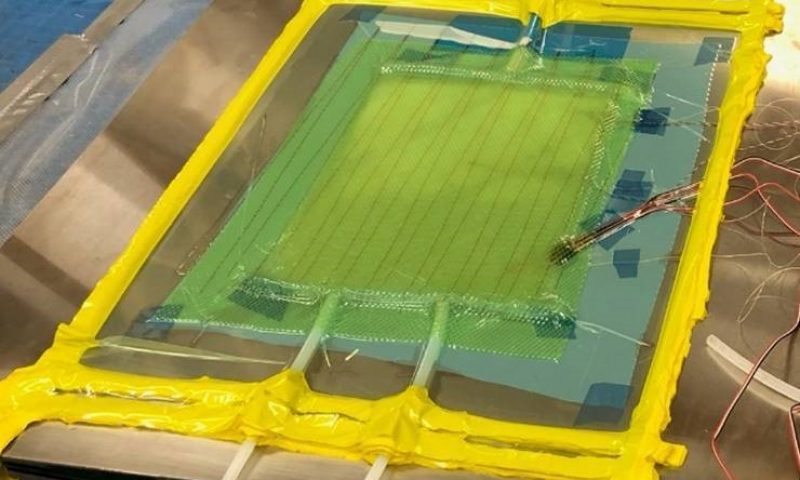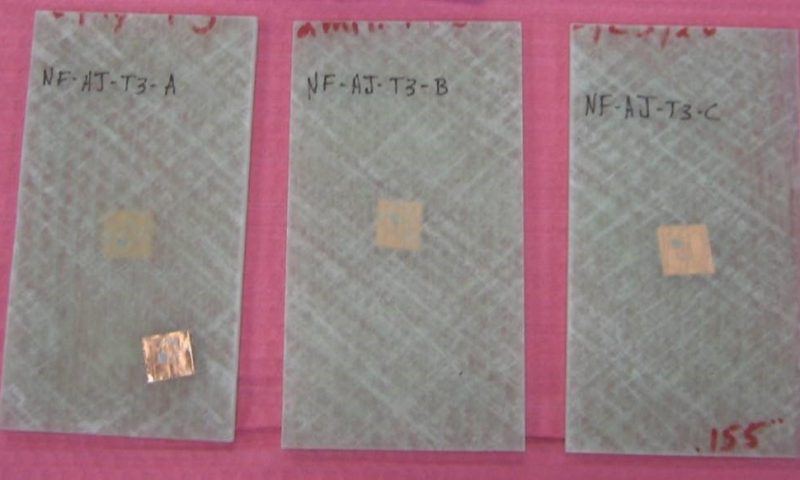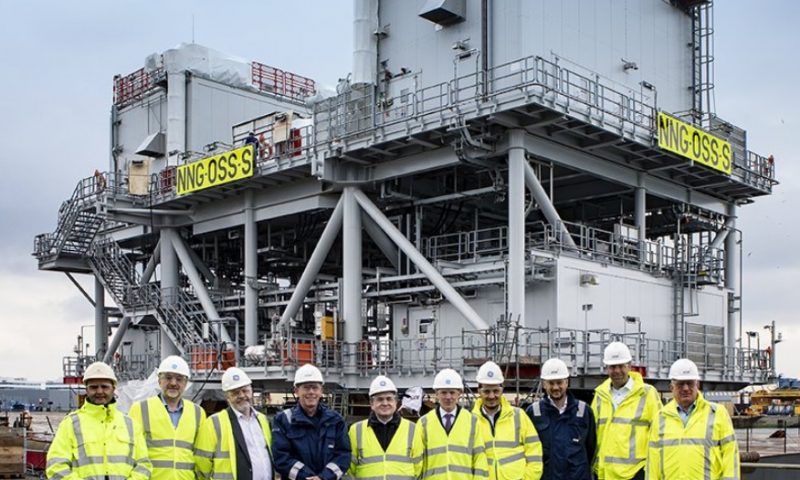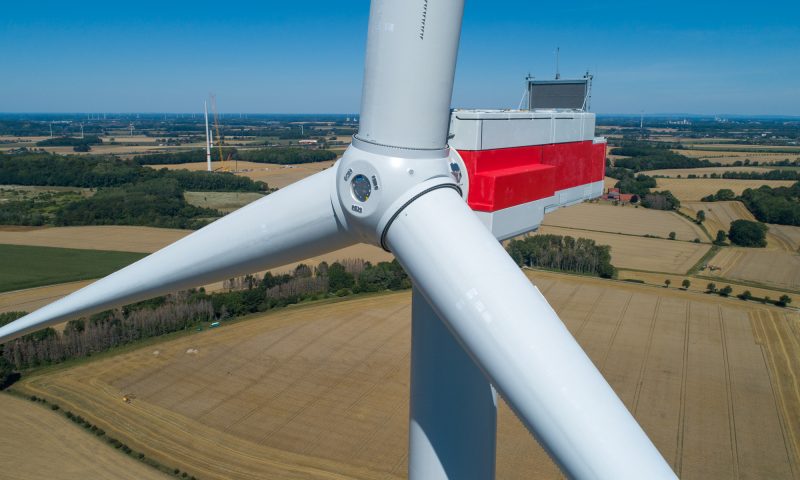
GE to Optimize, Track the Health of Wind Blades from Factory to Field
One of the key drivers of Industry 4.0 will be new advances in sensor technology that provide industrial companies with new lines of sight to their manufacturing processes and monitoring of assets in the field. GE Research, the technology development arm for the General Electric Company (GE), has been awarded a project through NextFlex®, America’s Flexible Hybrid Electronics (FHE) Manufacturing Institute, to develop and demonstrate embedded sensors in structural composite materials that enable improvements in their manufacture and monitoring of parts and components from factory to field.
As part of this project, a multidisciplinary team of composites manufacturing, sensor, electronics, and materials science experts from industry and academia will develop a sensor to embed in wind blade composite structures to more deeply study the resin-infusion process that is key to forming these structures. By collecting sensor data during the manufacturing process, the team is aiming to discover new methods to reduce cycle time, material usage and overall costs.
The project is being led by Dr. Nancy Stoffel, a Principal Engineer with GE Research. Stoffel says a key challenge is developing a robust sensor that does not alter or compromise the integrity of a given structure and component, stating,
“Before you even identify the data you want to collect, you need to design a sensor that can live safely and reliably in a given component without impeding its performance. With world-class technical experts in composite materials, sensing, electronics, and manufacturing processes, it’s a challenge GE Research is uniquely positioned to solve.”
“Great collaborations start with great partners, especially those that bring unique capabilities to the project,” said Scott Miller, Director of Technology at NextFlex. “We are pleased to facilitate this project team that will bring new intelligence to large composite structural assets, enabling monitoring from factory to the field, thereby enhancing strength, reducing weight, lowering cost to manufacture, and improving safety. It’s these benefits that demonstrate best how flexible hybrid electronics are transforming today’s systems, devices, and structures in both military and commercial applications.”
Stoffel said the team from GE Research will be collaborating with researchers from Binghamton University, Georgia Tech, and Sikorsky on this project. Binghamton University, home of the New York node of NextFlex, brings deep expertise in direct write electronics manufacturing approaches and reliability of electronics and material systems. Georgia Tech researchers are using their world-leading expertise in additively manufactured flexible RF modules, RFIDs and long-interrogation-range passive wireless sensors up to the millimeter-wave frequencies for the development of large-area printed sensor constellations with unprecedented sensing range and resolution along with an excellent localization and discrimination capabilities. Meanwhile, while GE Research focuses on the application of embedded sensors in wind blade structural composites, Sikorsky will explore the use of these sensors in structural health monitoring of aircraft components.
Dr. Shridhar Nath, the expert driving the application in wind blades noted that as the offshore wind industry continues to grow both in the size of turbines and of the industry itself, the need for better ways to reduce the capital expenses of building a turbine and to monitor assets located as many as 25 miles offshore will become greater. Embedded sensors, Nath says, will be a key technology required to manage this industry scale up.
“In the factory, embedded sensors will give us more valuable data points we otherwise would not have to make needed process improvements that take out cost and improve the quality of parts,” Nath said. “Once in the field, these sensors will provide a continuous line of sight to the condition of composite wind blades that will enable our business to move to a condition-based maintenance schedule that is more efficient and less costly.”
Today, the wind industry already uses sensors to monitor key parts of the turbines such as the generator, hub, and drivetrain, but not the blade. The embedded sensor technology being developed as part of this project could go a long way in bringing this same capability to the blade.















